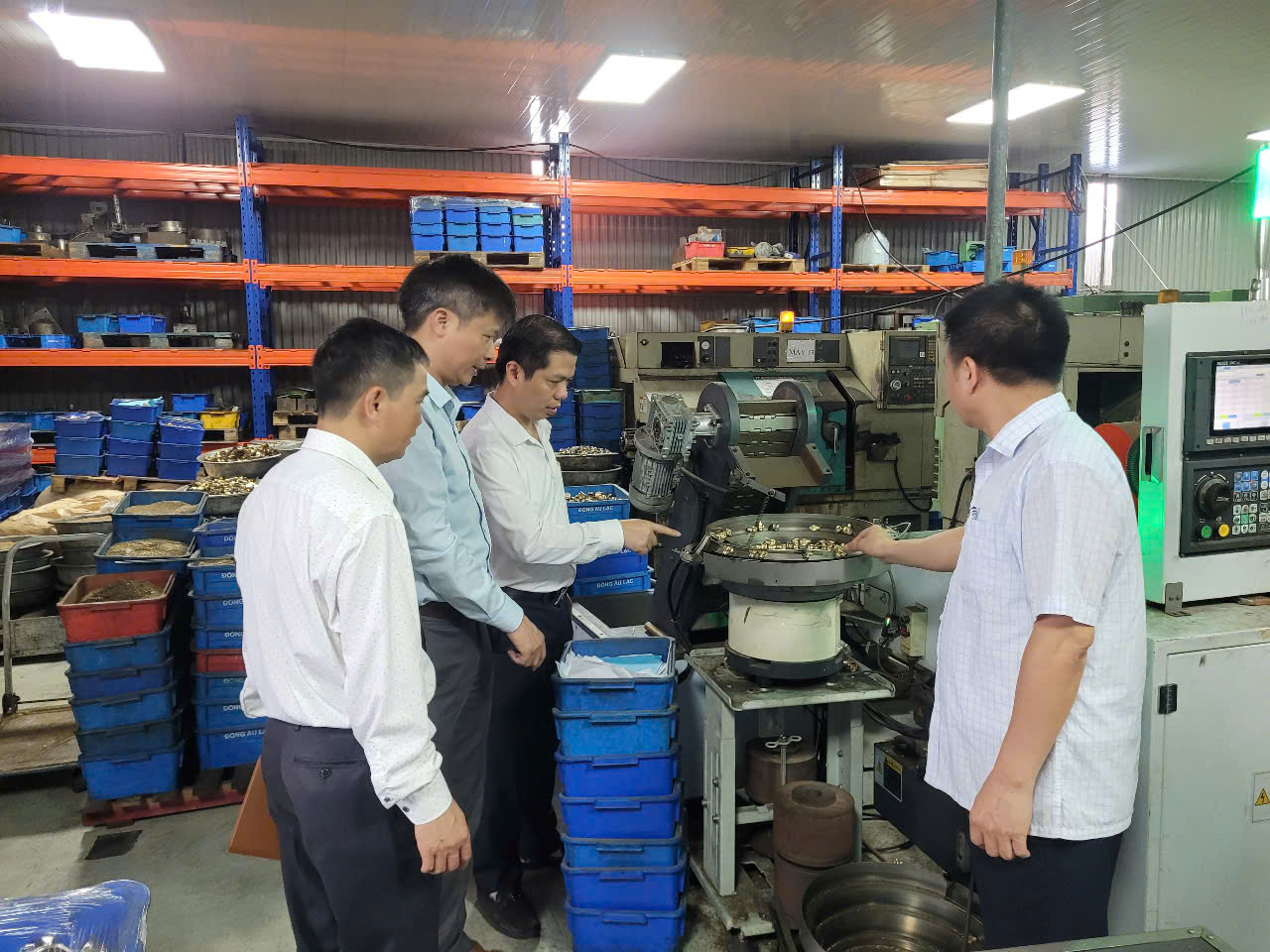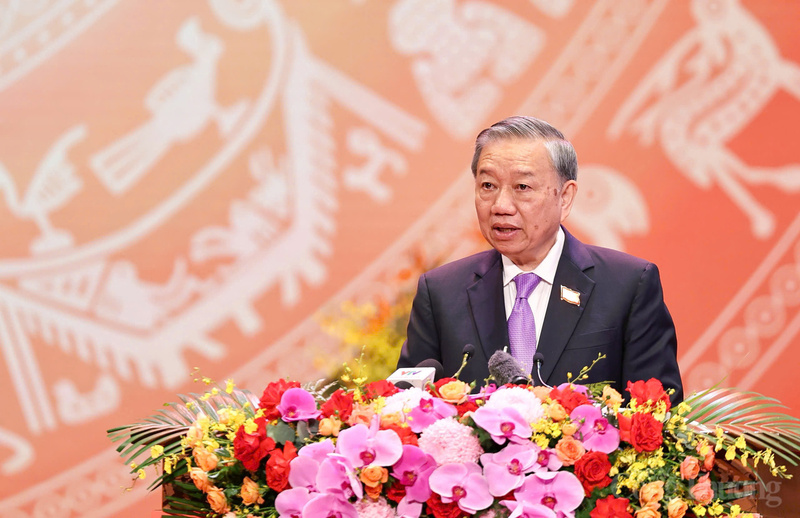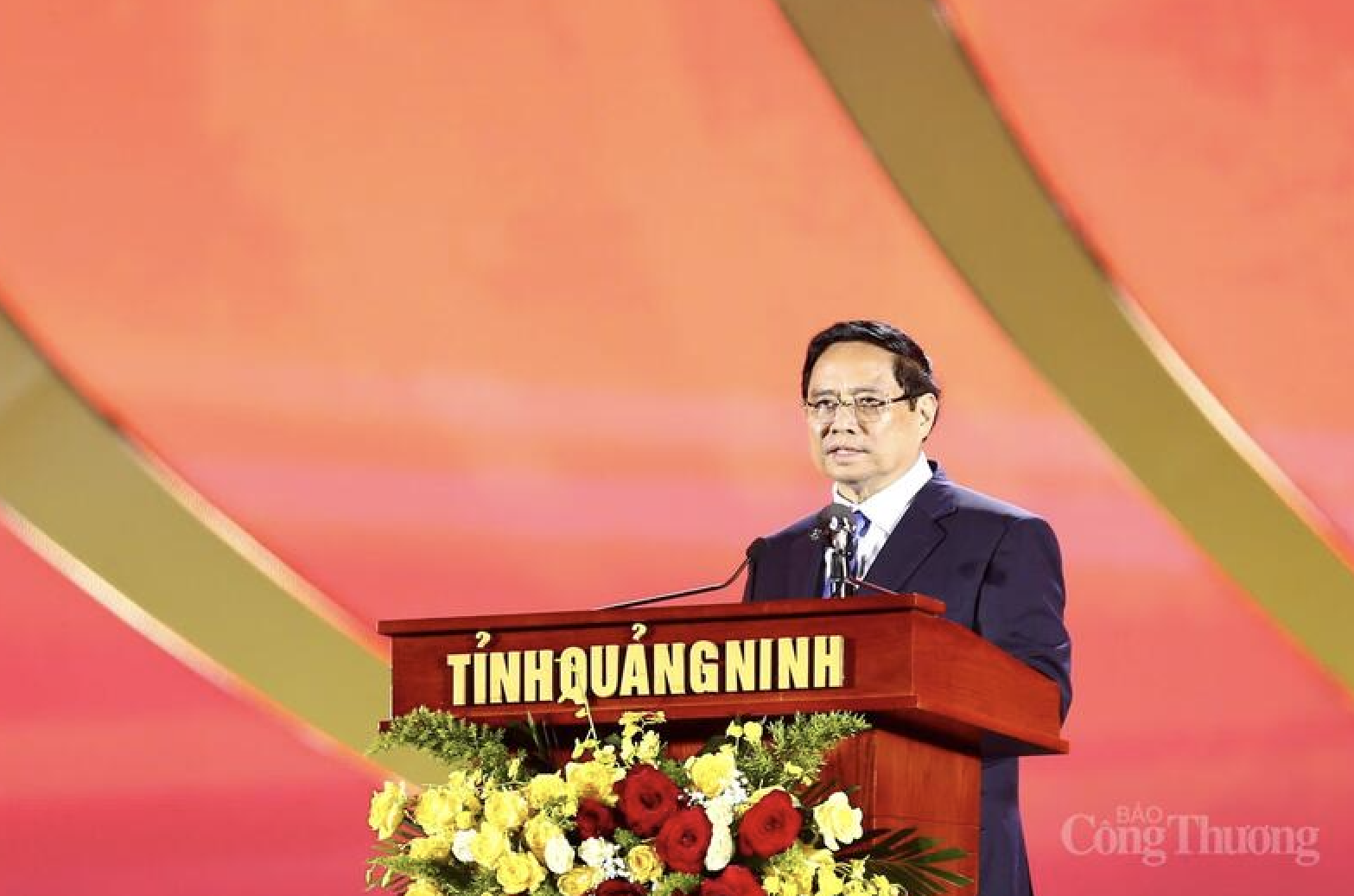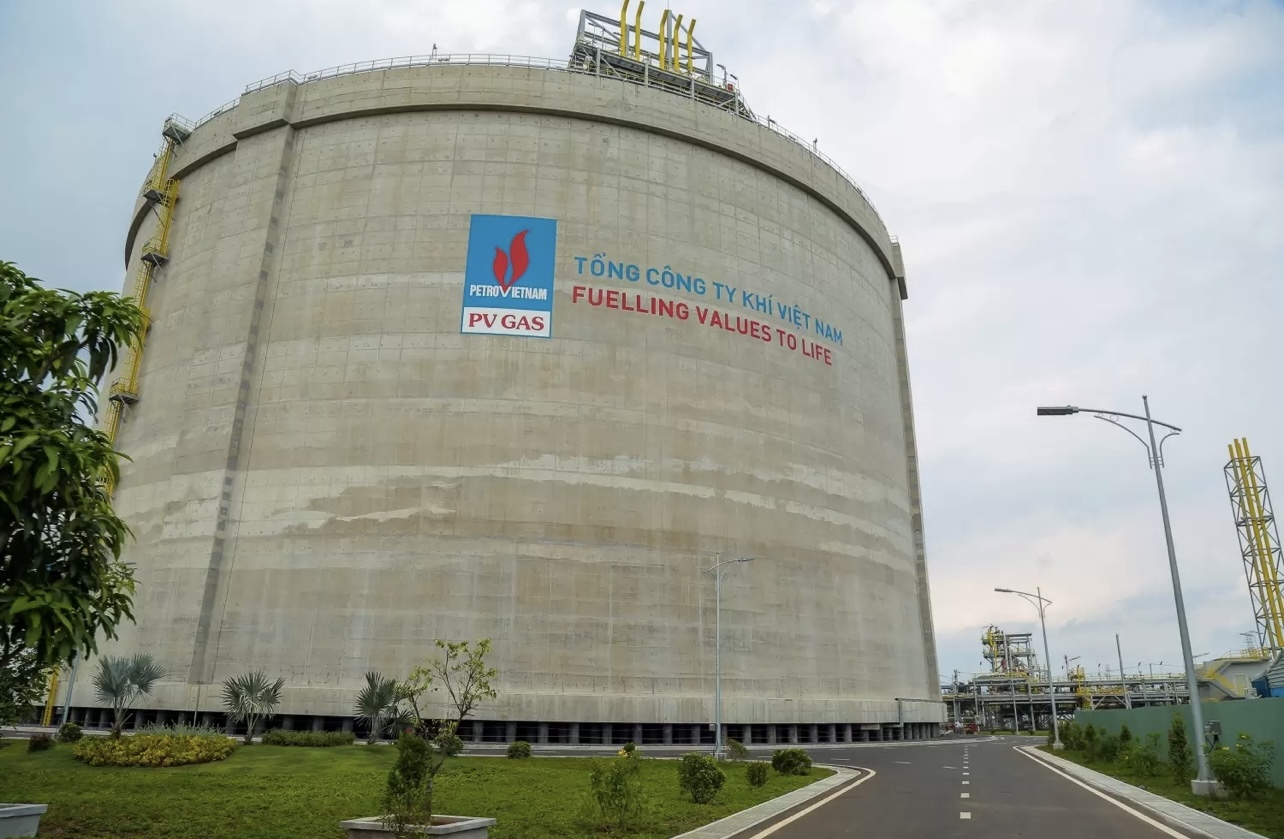
Bac Ninh’s rural industry: A boost from machinery support
19:05 | 23/03/2025 08:44 | 23/08/2025Industry
In his concluding remarks, General Secretary To Lam emphasized continued consensus on the policy of reorganizing provincial-level administrative units. He instructed the consolidation of commune-level administrative units in localities that have thoroughly prepared the necessary conditions, including finalized personnel plans at both provincial and commune levels, infrastructure, equipment, and operational resources, to ensure the new apparatus can function smoothly from the outset.
 |
Party General Secretary To Lam emphasized the continued consensus on reorganizing provincial-level administrative units, while also promoting the merger and consolidation of commune-level units in localities that have made thorough and well-prepared arrangements with all necessary conditions in place. Photo: VNA |
The General Secretary assigned the standing committees of provincial and municipal Party Committees, particularly their top leaders, to take the initiative in determining the appropriate timeline for completing the reorganization of administrative units and putting the new structures into operation. This process may begin as early as July 1, 2025, in accordance with the Politburo and Secretariat’s directives.
The Politburo agreed to authorize provincial and municipal Party Committees to lead and direct the management of the total staffing quotas for 2025. They are also tasked with implementing staff streamlining and restructuring of civil servant and public employee teams in line with Party and State regulations.
Localities have the authority to reallocate staffing quotas among Party, government, and mass organizations during the reorganization process, as part of the transition to the two-tier administrative model. This must ensure no change in the total staffing levels or personnel structure assigned. Relevant figures regarding reallocated staff must be promptly reported to the Party Central Organization Commission for consolidation and oversight. Localities are also required to resolve entitlements for affected officials and encourage those still of working age to continue contributing.
Maintain organizational structure and Deputy Positions
General Secretary To Lam requested the Government Party Committee to urgently lead the issuance of decrees on decentralization, delegation of authority, and the definition of functions and responsibilities of specialized agencies under the People’s Committees at provincial and commune levels. These must comply with the Politburo and Secretariat’s conclusions.
In the meantime, the number of organizational entities and deputy-level positions within agencies and units shall remain unchanged. Specifically, commune-level specialized agencies will not be merged or consolidated, in line with the plan adopted at the 11th Plenary Session of the 13th Party Central Committee. This is to ensure compatibility with existing regulations on the organizational structure of Party advisory and supporting agencies at commune, ward, and special administrative unit levels, aligned with their assigned functions and responsibilities.
The General Secretary also instructed relevant authorities to study a suitable timeline for extending the use of part-time officials and to reorganize hamlets and residential groups by May 31, 2026.
Training for newly restructured local Governments
The Steering Committee for the implementation of Resolution No. 18-NQ/TW dated October 25, 2017, on streamlining the political system for greater efficiency, will coordinate training for newly appointed provincial- and commune-level civil servants and public employees.
The Ho Chi Minh National Academy of Politics will take the lead in organizing the training sessions, in collaboration with the Government Party Committee, the Party Committee of the Vietnam Fatherland Front, the Party Central Commission for Communication and Education, the Commission for Mass Mobilization, and the Party Central Organization Commission. These training programs must be conducted in a unified, effective, and cost-efficient manner.
The General Secretary also called on the National Assembly Party Committee to direct the revision and approval of the Constitution, relevant laws, and resolutions that provide guidance on the organization and operation of National Assembly delegations and People's Councils at all levels following the reorganization, giving localities and agencies a clear legal framework for implementation.
Provincial and municipal Party Committees under the central administration are expected to take proactive and expeditious action to synchronously and comprehensively carry out all assigned tasks. Following the guidance of the Politburo and the Secretariat, they are urged to complete the merger of provincial and commune-level units ahead of schedule to ensure the new apparatus becomes operational as early as possible.
General Secretary To Lam stressed the importance of personnel arrangement in strict compliance with established principles, requirements, and superior guidelines. He also highlighted the need to closely link these arrangements with efforts in political and ideological work, as well as in implementing appropriate policies for affected officials, ensuring no internal complications arise. During the transitional phase, Party Committees must thoroughly review, account for, and hand over responsibilities to ensure no disruption to public services or business operations.
| Finally, the General Secretary tasked the Party Central Organization Commission, in coordination with the Party Central Office, with incorporating the Politburo and Secretariat’s feedback into a finalized draft conclusion and disseminating it to Party organizations for implementation. |

19:05 | 23/03/2025 08:44 | 23/08/2025Industry

19:05 | 23/03/2025 17:07 | 20/08/2025News and Events

19:05 | 23/03/2025 11:20 | 18/08/2025News and Events

19:05 | 23/03/2025 21:36 | 17/08/2025News and Events

19:05 | 23/03/2025 15:55 | 17/08/2025Industry